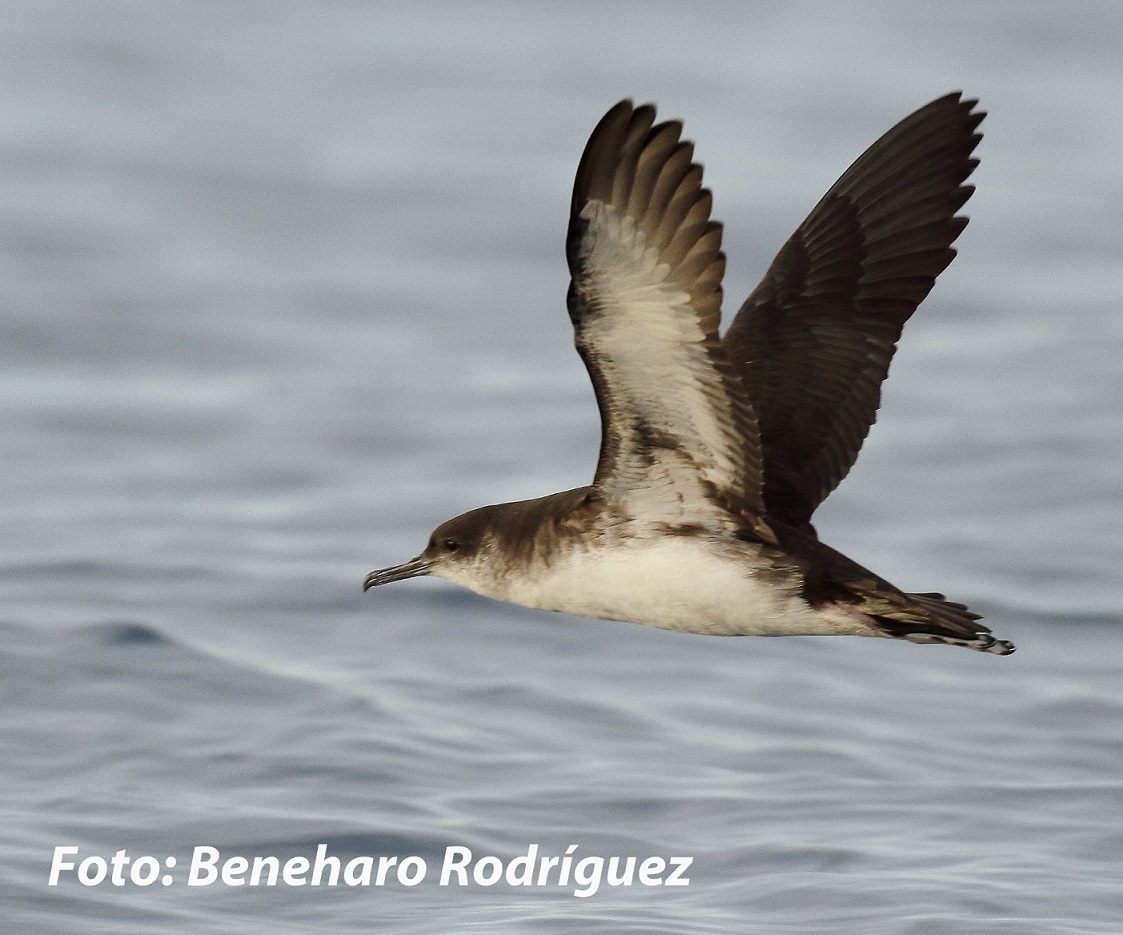The taxonomy of Procellariiformes, particularly petrels and shearwaters, is still unresolved. The Manx shearwater Puffinus puffinus is one of the best studied seabirds worldwide. Most of the information known on this seabird is focused on the northern core populations where the species is abundant. However, the species shows a high number of peripheral populations, which are extremely small and difficult to study in comparison to central populations. Using an integrative approach, this studies provides significant evidence of phenological, morphological, acoustic, plumage colour, and genetic differentiation of the Canarian Manx shearwaters (the most southern population) from the northern breeding colonies, which is compatible with a long period of isolation. Birds from the Canary Islands breed around 2-3 months earlier, are smaller and lighter, and show darker underwing plumage than those from northern populations. In addition, Canarian call features are different from the northern populations. Finally, genetic analyses of the mitochondrial control region indicate an incipient genetic differentiation of Canarian Manx shearwaters from the other breeding populations. The Canarian population holds a small number of breeding colonies and it is declining, so accurate taxonomic recognition critically affects conservation efforts. For all the aforementioned reasons, the Canarian breeding population is proposed to rank as a new taxon by presenting the formal description of a new subspecies Puffinus puffinus canariensis ssp. nova (available at EBD-CSIC scientific collections). informacion[at]ebd.csic.es: Rodriguez at al (2020) Cryptic differentiation in the Manx Shearwater hinders the identification of a new endemic subspecies. J Avian Biol Doi 10.1111/jav.02633
https://onlinelibrary.wiley.com/doi/abs/10.1111/jav.02633








 Las altas temperaturas están provocando que las lagunas y las marismas de Doñana pierdan agua rápidamente
Las altas temperaturas están provocando que las lagunas y las marismas de Doñana pierdan agua rápidamente



